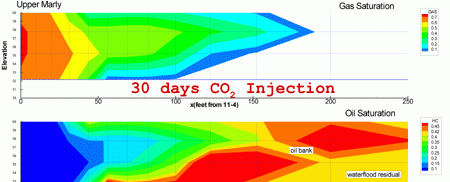
Then you have a sufficient number of time steps to compute the RMS without transient data. Continue to run the software until the window averaging of the FFTs converge to a constant signature. As you add each window and then average, if the frequency signature changes considerably, then you have not eliminated the transients. Perform an FFT on each window, then sum and average each FFT together to get one window. File -> write data file (or something in that sense). If i am not mistaken you can write different filetypes. plt for example or in any other format for paraview. I was wondering if I can export them from tecplot in. If you have 100,000 time steps, try 25,000 time steps each, where the first window is 1-25k, the second is 12.5k-37.5k, the third is 25k-50k, the fourth is 37.5k-62.5k, etc. I am exporting the data from my own code in a way for tecplot to be able to load them (.dat).

Simply take your time accurate data set (preferably second order accurate in time) and divide it into windows of equal size. I recommend looking at Welch's method for windowing. Keep in mind two things about this dataset.

In theory, if the window size is sufficiently sized, there will be very little variance between each window. I will be using this data for comparison to our CFD run. To do the FFT, you'll want to use multiple segments of the data that over lap. The second is to perform a Fast Fourier Transform (FFT) analysis of the data. The first is an RMS (root mean square) of whatever parameter you are targeting. Exploring a CFD Solution - Further explore and understand the Onera M6 simulation data set by adding slices, streamtraces, and iso-surfaces. The best way I've seen this done is to compute two quantities. One of the more perplexing issues is determining if the transient data is eliminated from your data when computing the mean.


 0 kommentar(er)
0 kommentar(er)
